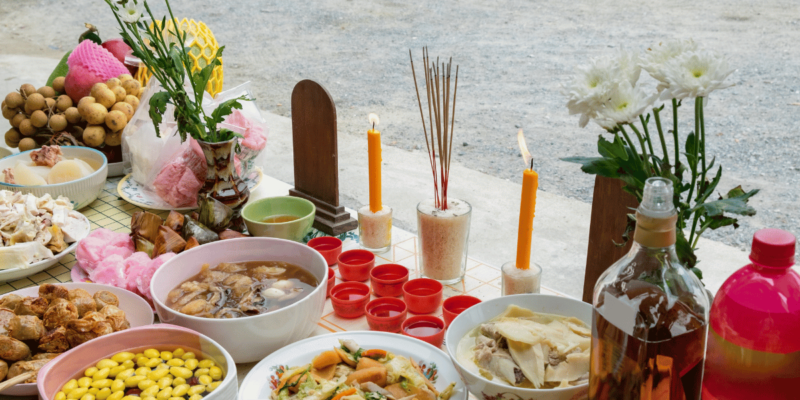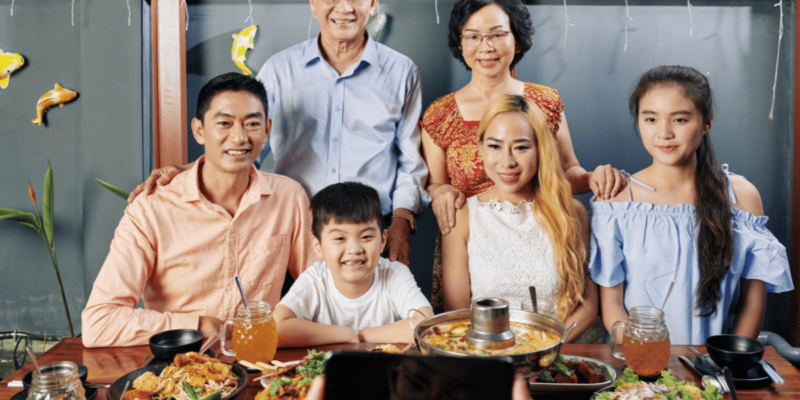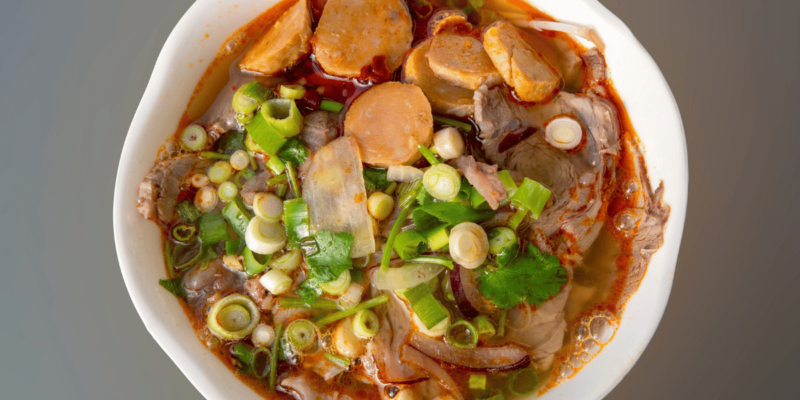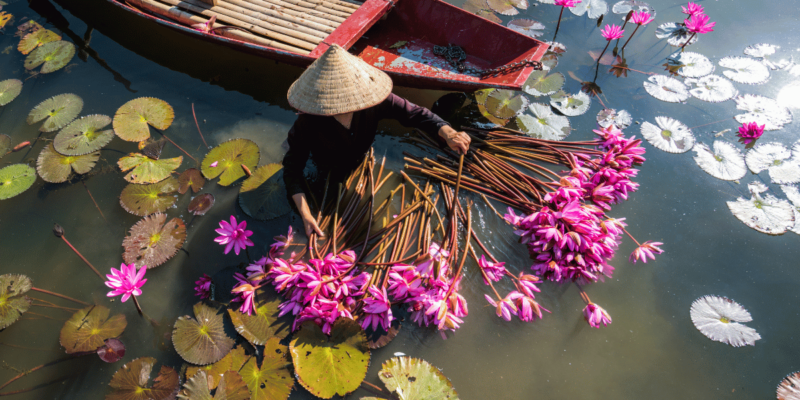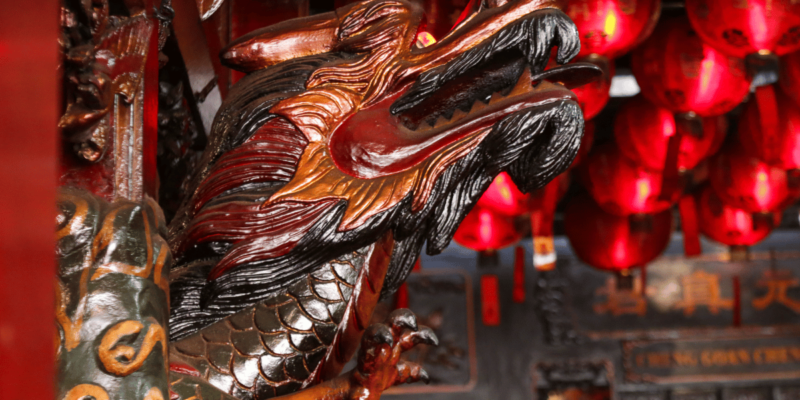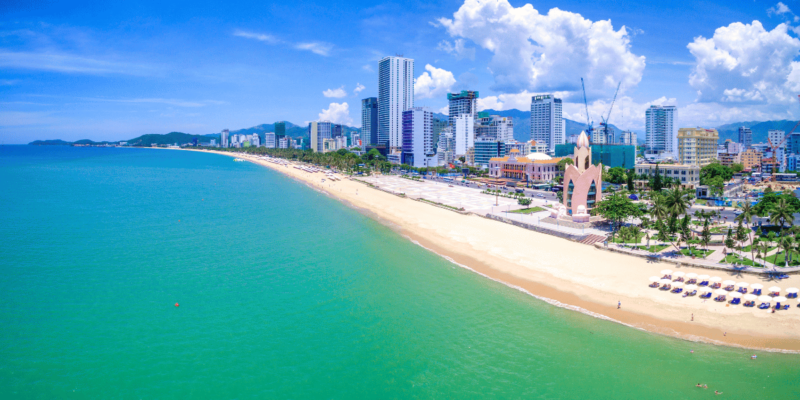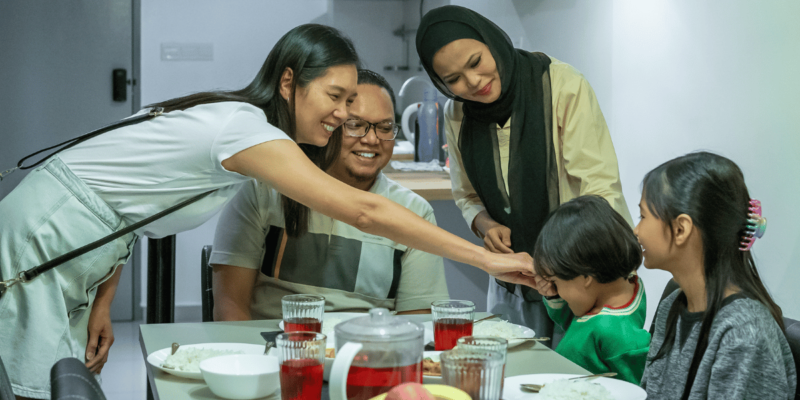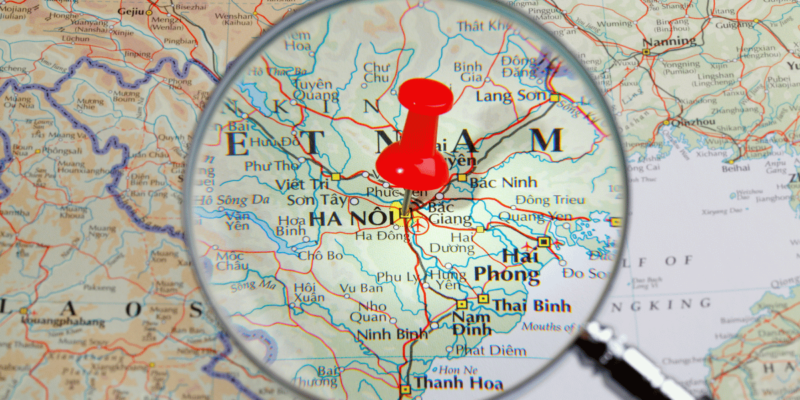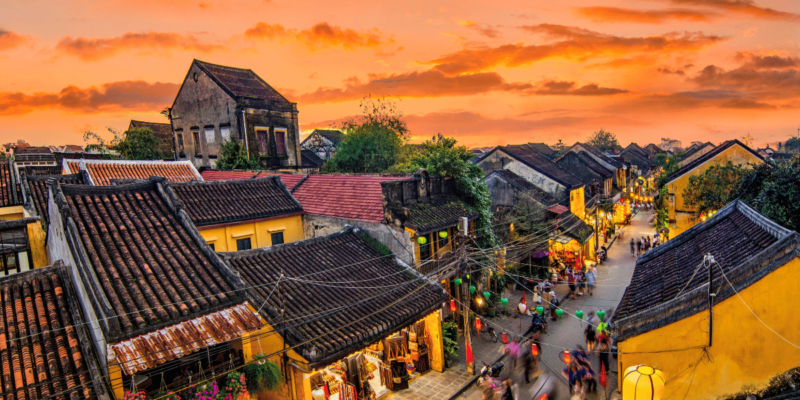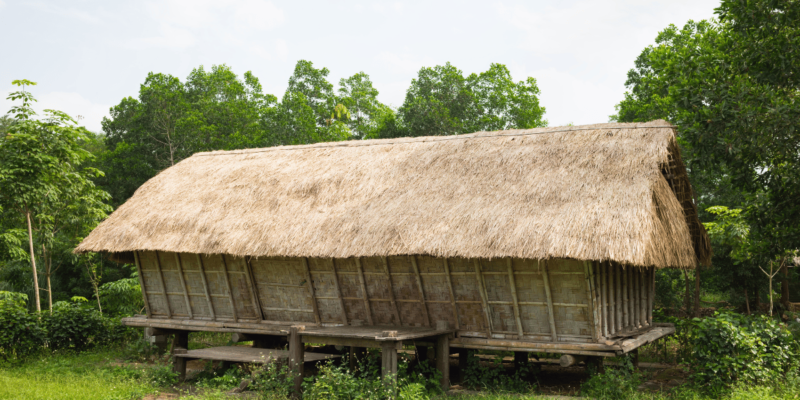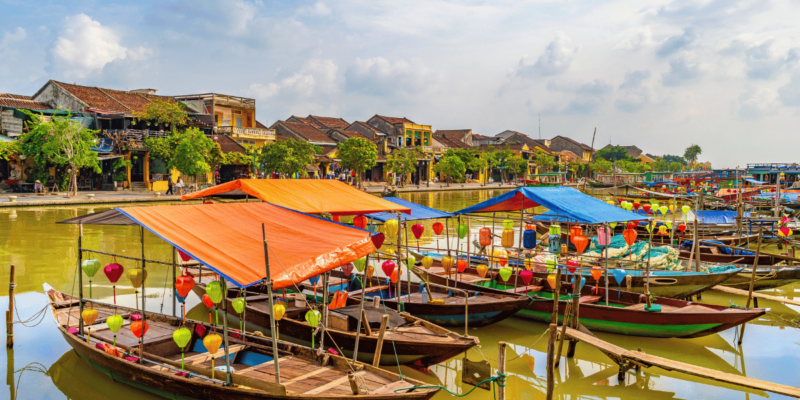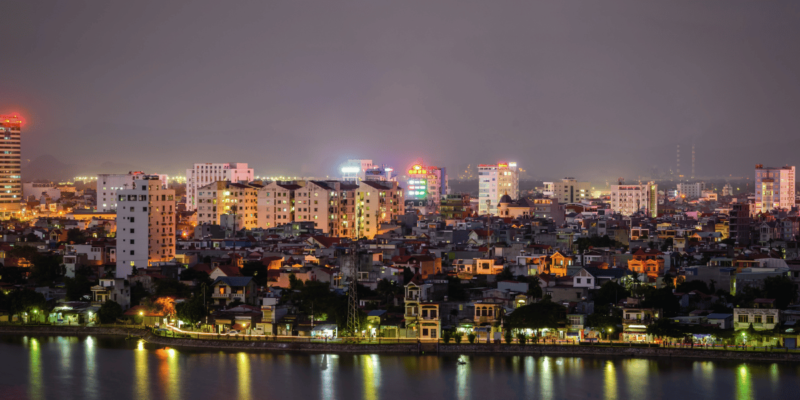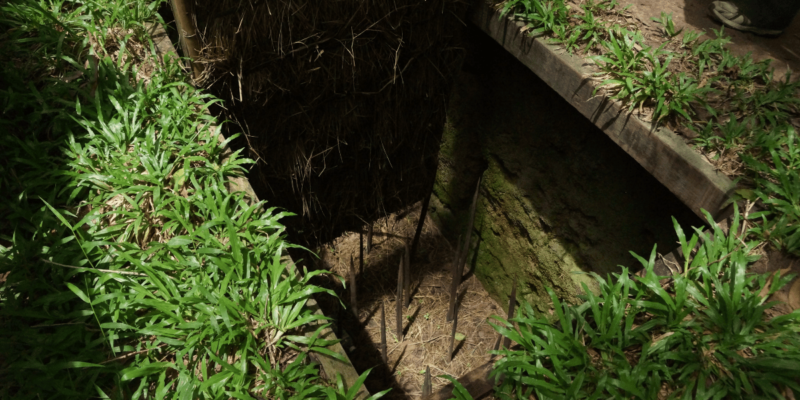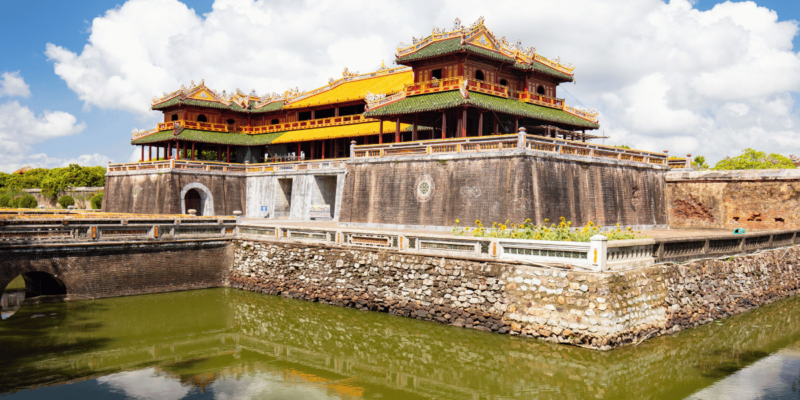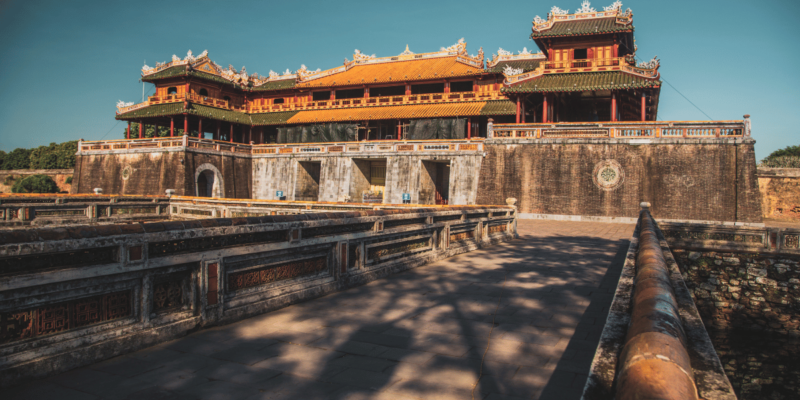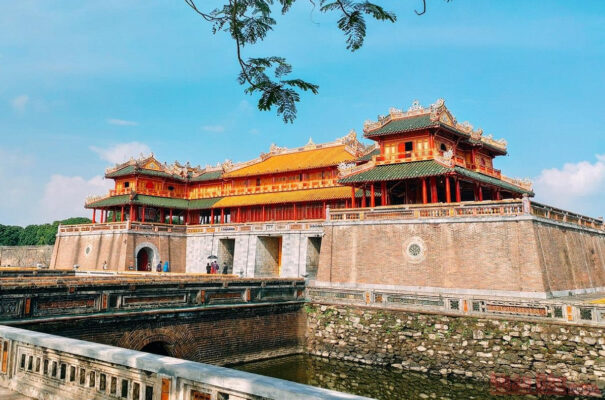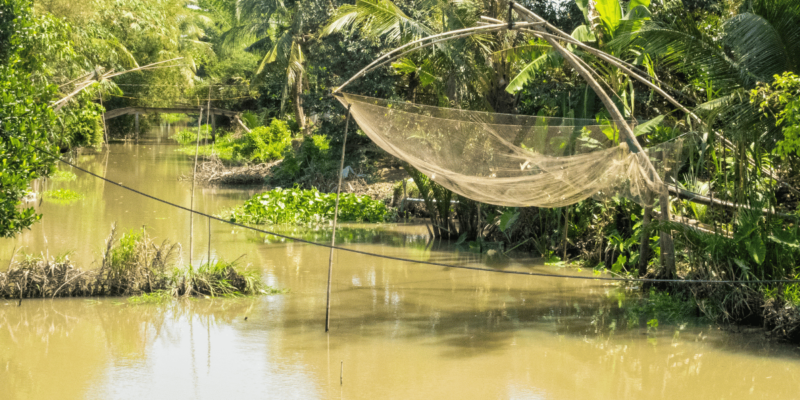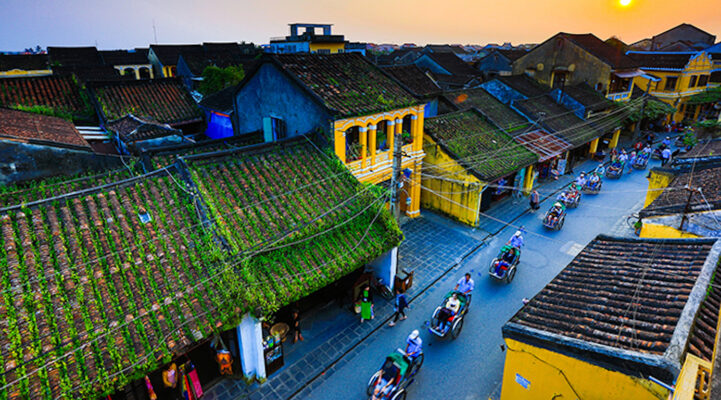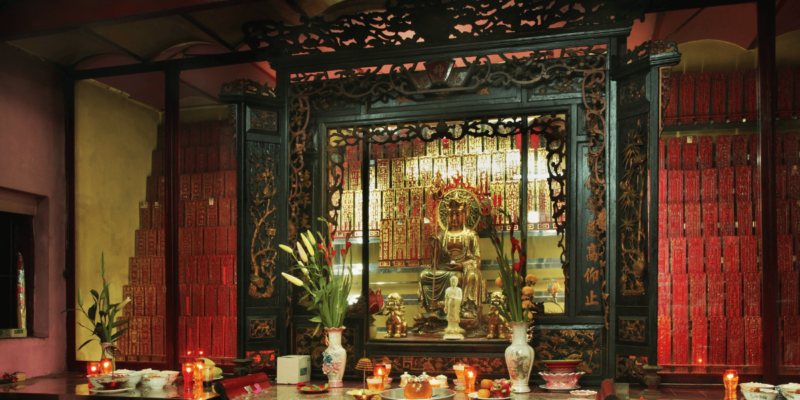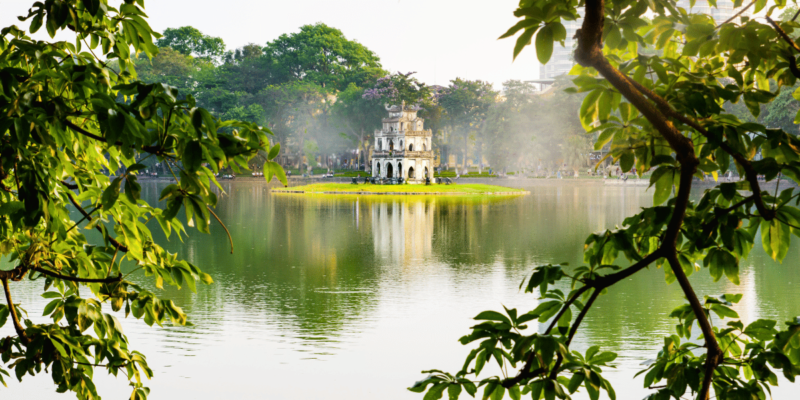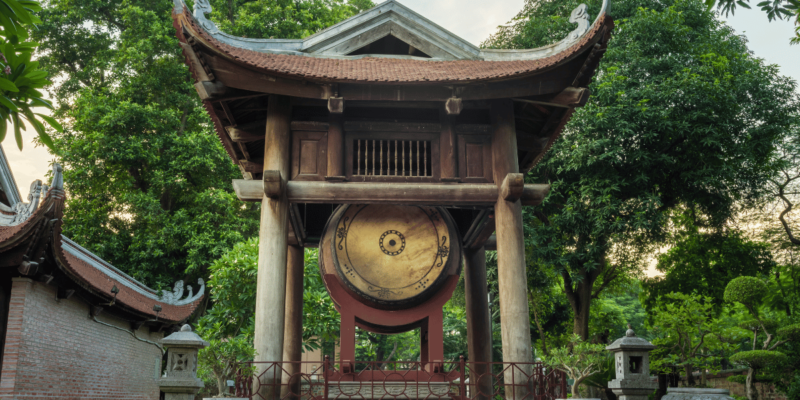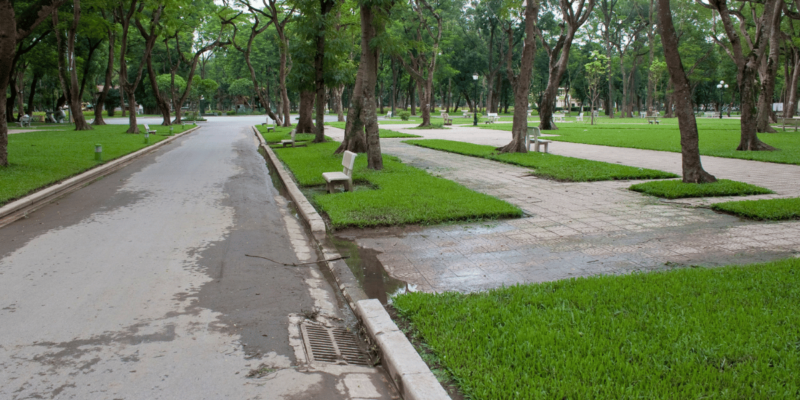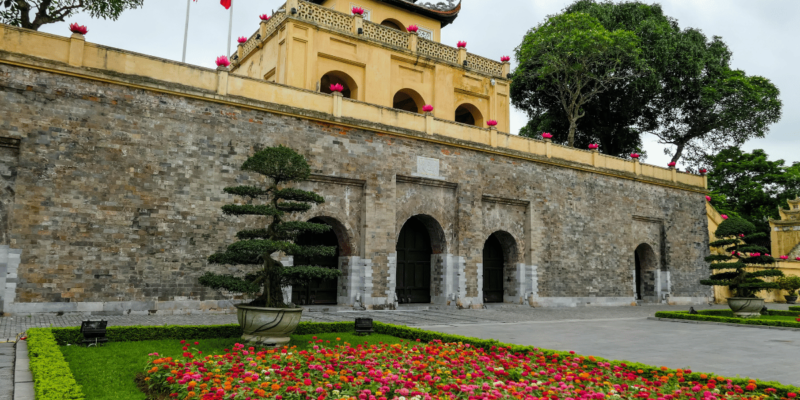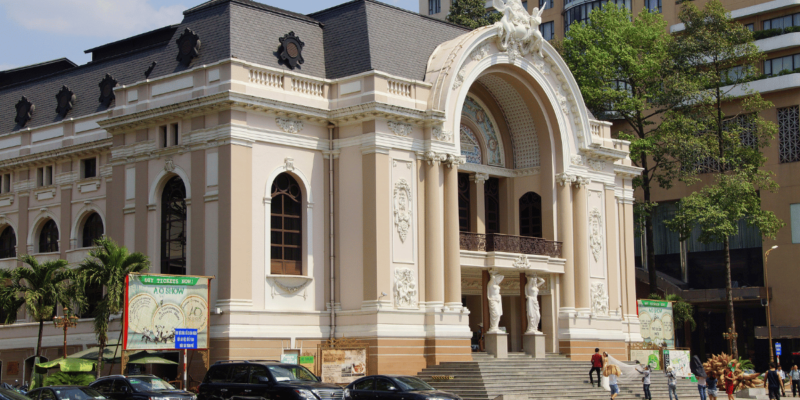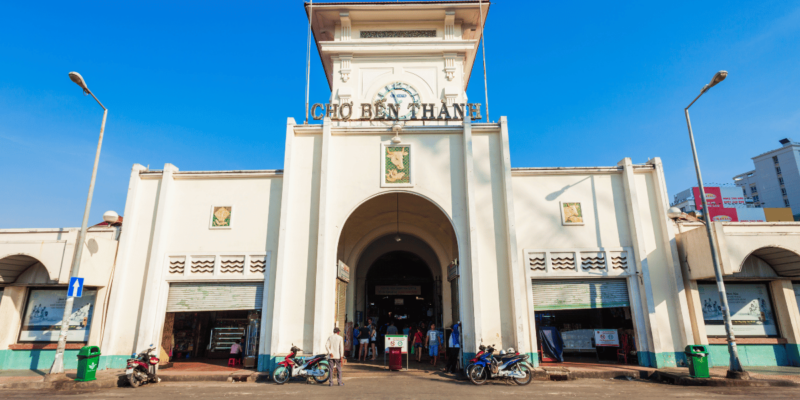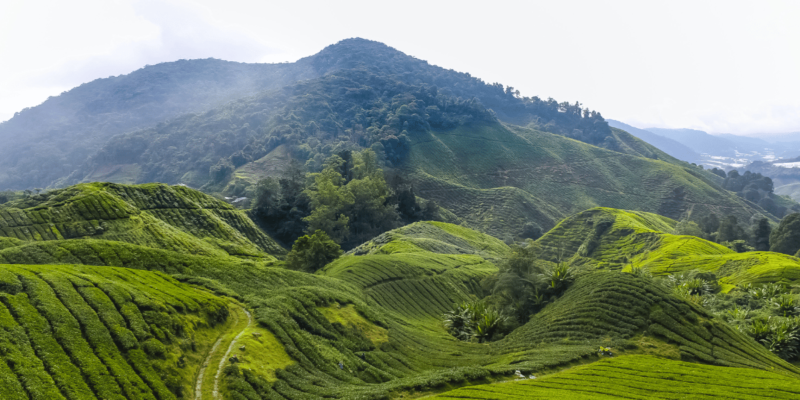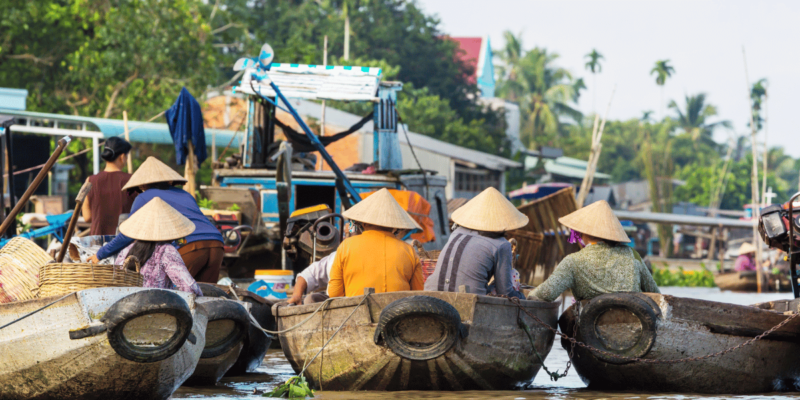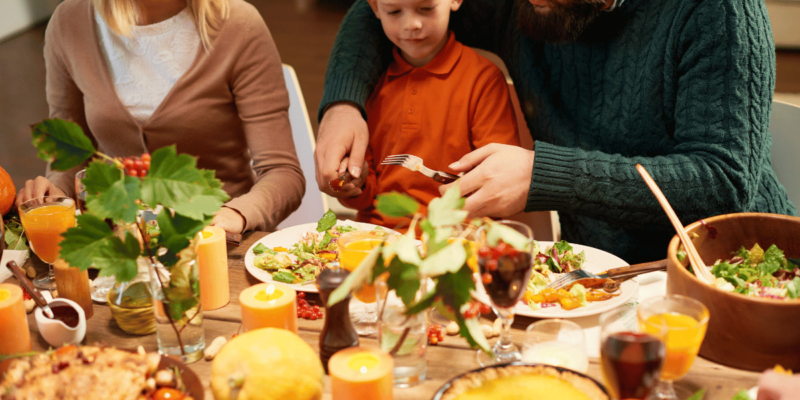Hue Cuisine: An Exploration of Vietnam’s Gastronomic Art
Introduction to Hue’s Gastronomic Heritage: Hue cuisine is celebrated as the epitome of Vietnamese culinary sophistication, reflecting the historical depth and cultural richness of the former imperial capital. This cuisine divides into traditional everyday foods and the more elaborate Royal cuisine, each known for its meticulous preparation and presentation.
Artistic Presentation: A Feast for the Senses: In Hue, a meal transcends mere eating to become an art form. Presentation is paramount, with every dish strategically placed to create a harmonious balance on the table. The central feature is usually a pot of rice surrounded by vibrant accompaniments: salads, vegetables pickled or fermented, bright slices of chillies, and artistically carved fruits such as star fruits and bitter bananas. Decorative elements like floral arrangements enhance the visual appeal, making each meal a tableau vivant of color and texture.
Signature Dishes and Ingredients: The essence of Hue cuisine lies in its ingredients and the simplicity of its preparation:
- Clam Rice: A humble yet flavorful dish where the sweetness of clams is infused into the rice, offering a taste of the local rivers.
- Bong The: This dish features fish simmered gently with fish sauce and a bouquet of local herbs, reflecting the subtlety of Hue’s culinary palette.
- Spinach with Prawn Sauce: A vivid dish combining the earthiness of spinach with the acidity and depth of a meticulously prepared prawn sauce.
- Tamarind Prawn Soup: A sour soup that marries the richness of prawns with the tang of tamarind, emblematic of the complexity of Hue flavors.
Formal and Festive Meals: For occasions that call for grandeur, Hue cuisine offers an array of dishes, each more intricate than the last:
- Fermented Pork Rolls: These are enjoyed with a side of rice wine, setting a celebratory tone.
- Banh La: A dessert of sweet sticky rice encased in leaves, echoing the connection to nature and tradition.
- Cha Tom: Shrimp pancakes that combine seafood freshness with the crunch of fried batter.
- Assorted Meats and Fruits: Boiled pork is often served with sour prawn sauce alongside star fruit and bitter bananas, providing a mix of textures and flavors. Dried cuttlefish paired with local fruits like thanh tra is another example of the innovative pairings found in Hue.
Complex Desserts: Hue’s desserts are primarily variations of ‘che’ (sweet soups), showcasing local ingredients and subtle sweetness:
- Che Dau Van and Che Dau Ngu: These bean soups are sweetened delicately, offering a comforting end to a meal.
- Che Hot Sen Boc Nhan: Combines lotus seeds and longan for a fragrant, lightly sweet soup.
- Che Bot Loc Boc Thit Quay: An unusual sweet soup that blends the savory richness of roast pork with the sweetness of rice.
Vegetarian Adaptations: Reflecting Hue’s strong Buddhist traditions, the vegetarian cuisine here strives to replicate the flavors of meat dishes using plant-based ingredients. This approach is unique and differs markedly from Western vegetarianism, aiming instead to provide vegetarians the experience of traditional meat dishes without the meat.
Culinary Learning Experiences: For culinary enthusiasts, Hue offers structured cooking classes and guided food tours where participants can learn about the intricate balance of flavors and the aesthetic considerations that go into preparing meals. These experiences are led by local chefs and culinary experts who delve into the nuances of Hue cooking, from selecting the right ingredients to the final presentation.
Conclusion: Hue cuisine is a pillar of Vietnamese cultural identity, offering a window into the region’s imperial past through its culinary innovations. It remains a testament to the city’s historical significance and enduring charm, inviting both locals and travelers to partake in its rich gastronomic traditions.






